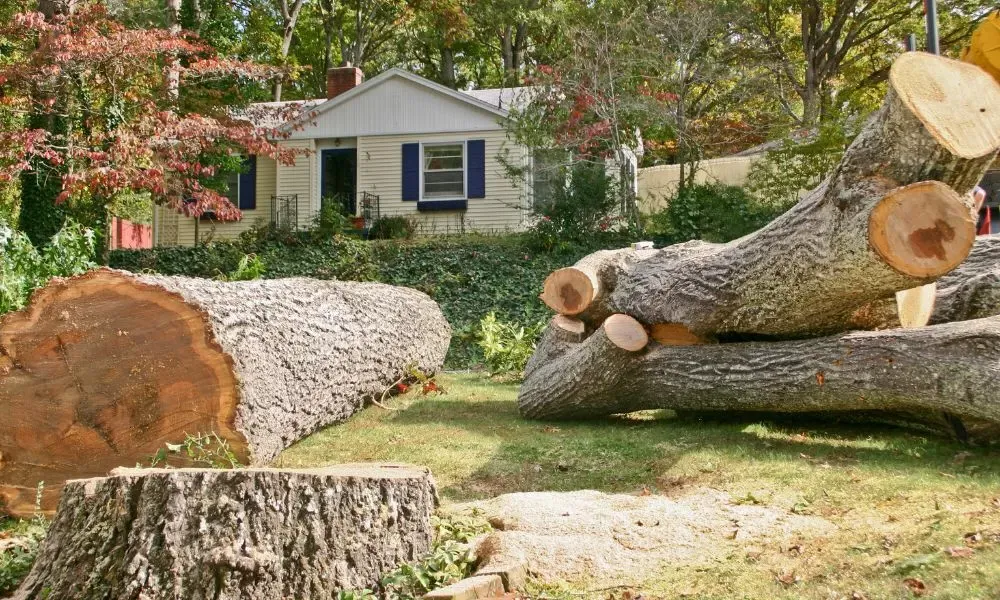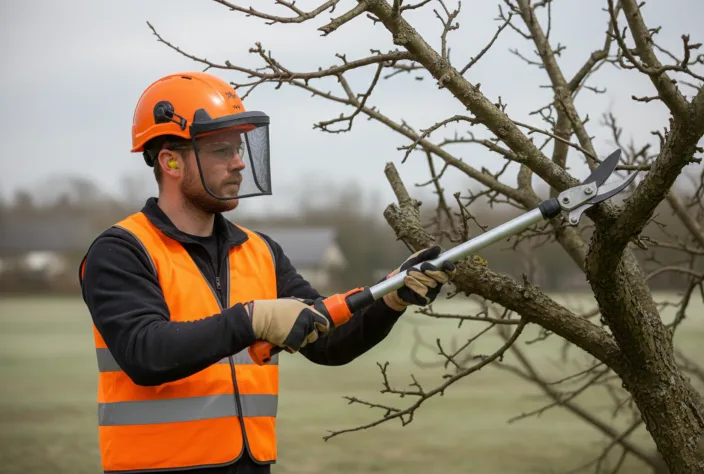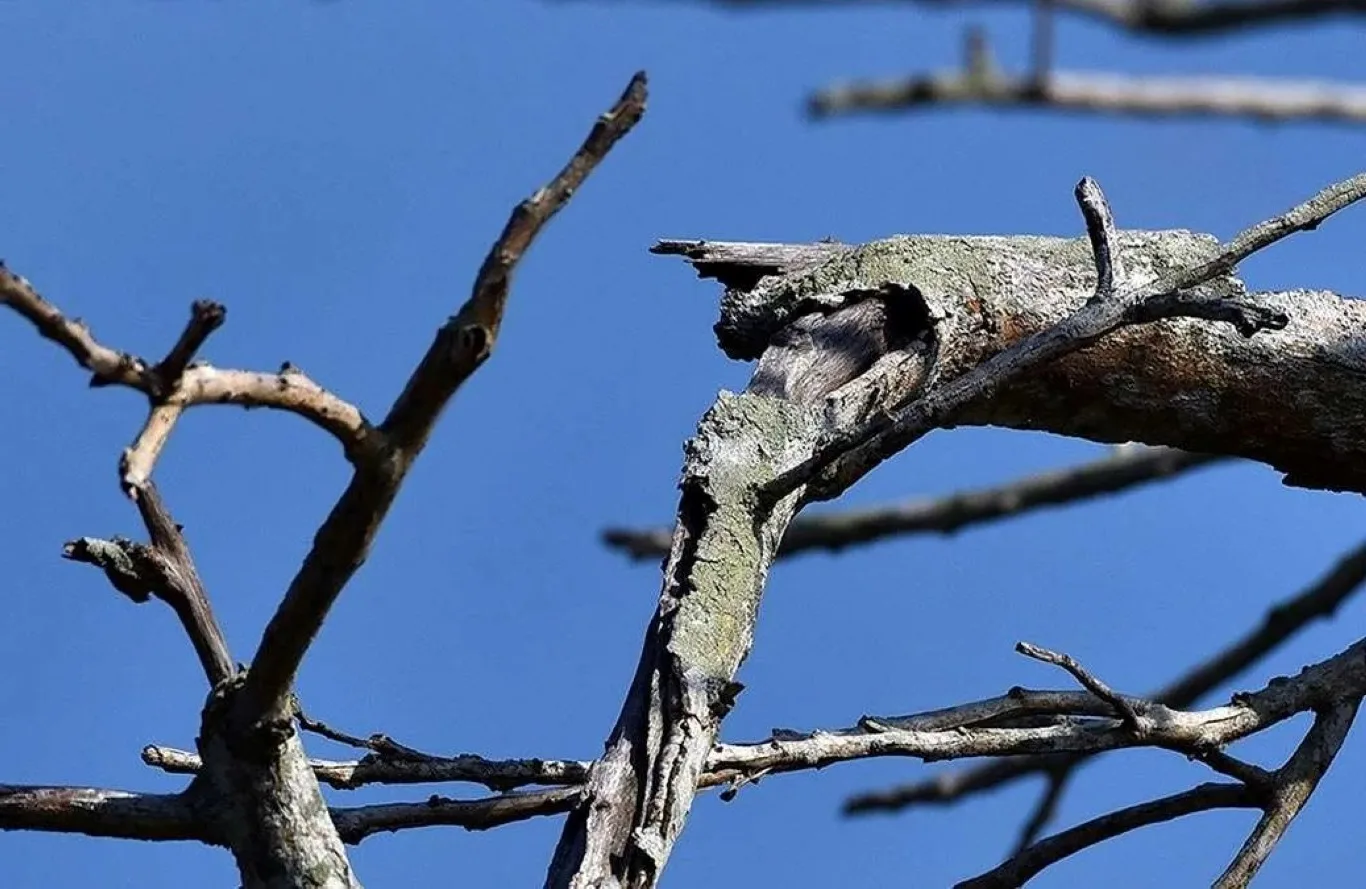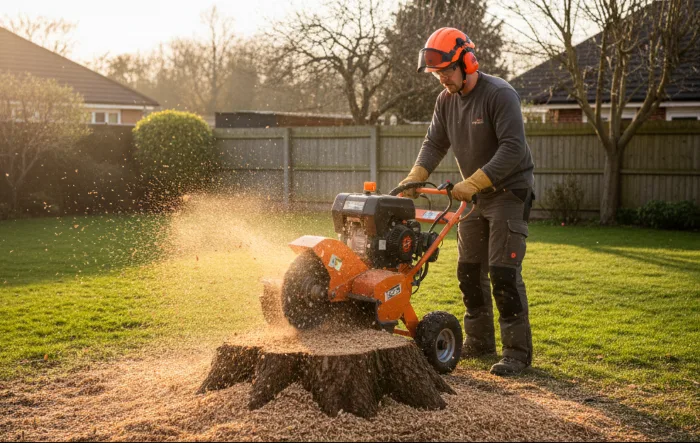Tree felling is an essential practice in landscape management, ensuring that trees remain safe, healthy, and visually appealing. While trees provide numerous benefits, including shade, oxygen, and biodiversity, there are instances where tree removal becomes necessary to maintain property safety and aesthetics.
In this guide, we will explore the importance of tree felling, its impact on property safety, and how it enhances aesthetic appeal. We will also discuss best practices for tree removal and how professional services can help homeowners make informed decisions.
Understanding Tree Felling
Tree felling refers to the controlled removal of trees, either due to safety concerns, disease, or landscape improvement. It involves cutting down trees strategically, ensuring minimal disruption to the surrounding environment.
Reasons for Tree Felling
Tree felling is necessary in various situations, including:
✅ Dead or Diseased Trees – Trees affected by fungal infections, pests, or decay can become hazardous.
✅ Storm-Damaged Trees – Severe weather can weaken trees, making them prone to falling.
✅ Overgrown Trees – Trees that obstruct views, sunlight, or infrastructure may need removal.
✅ Structural Risks – Trees with extensive root systems can damage foundations, driveways, and underground pipes.
✅ Landscape Redesign – Removing trees can create space for new plants, patios, or outdoor features.
How Tree Felling Improves Property Safety
- Eliminating Hazardous Trees
Dead or diseased trees pose a significant risk to property and residents. Weak branches can fall unexpectedly, causing injuries or damage to homes, vehicles, and power lines. Removing these trees ensures a safer environment for homeowners.
- Preventing Structural Damage
Tree roots can invade foundations, lift pavements, and damage underground utilities. Over time, this can lead to costly repairs. Tree felling prevents structural deterioration, preserving the integrity of buildings and landscapes.
- Reducing Storm Risks
During storms, unstable trees can be uprooted, causing severe damage to nearby structures. Removing weak or leaning trees minimizes the risk of storm-related accidents, ensuring property protection.
- Enhancing Visibility & Security
Overgrown trees can block visibility, making properties vulnerable to trespassers and security threats. Removing obstructive trees improves sightlines, enhancing safety and surveillance.
- Preventing Pest Infestations
Decaying trees attract termites, rodents, and harmful insects, which can spread to homes and gardens. Tree felling eliminates infestation risks, ensuring a clean and pest-free environment.
How Tree Felling Enhances Aesthetic Appeal
- Improving Landscape Design
Tree removal allows homeowners to redesign their outdoor spaces, creating balanced and visually appealing landscapes. This may include:
✅ Planting new trees that complement the surroundings.
✅ Installing flower beds, patios, or garden features.
✅ Creating open spaces for outdoor activities.
- Increasing Sunlight & Airflow
Overgrown trees can block sunlight, affecting grass, plants, and garden health. Removing excess trees improves natural light exposure, promoting healthy vegetation growth.
- Enhancing Curb Appeal
A well-maintained landscape with healthy trees and open spaces creates an inviting atmosphere. Removing unattractive or overgrown trees improves property aesthetics, making homes more visually appealing.
- Creating Space for New Features
Tree felling opens up areas for new installations, such as:
✅ Outdoor seating areas
✅ Water features or decorative elements
✅ Children’s play areas
✅ Garden pathways and lighting
- Increasing Property Value
A well-maintained landscape can boost property value by up to 17%. Homes with structured gardens, open spaces, and healthy trees are more attractive to buyers and investors.
Best Practices for Tree Felling
- Hire Professional Tree Surgeons
Tree felling requires expertise and precision. Certified arborists ensure safe and efficient removal, preventing accidents and environmental damage.
- Check Local Regulations
Some areas have tree preservation laws that require permits for removal. Always verify local guidelines before proceeding with tree felling.
- Assess Tree Health & Stability
Before removal, conduct a tree health assessment to determine whether felling is necessary. Some trees can be saved through pruning or treatment.
- Plan for Stump Removal
Tree stumps can be unsightly and hazardous. Consider stump grinding or removal to maintain a clean and safe landscape.
- Replant or Landscape After Removal
After tree felling, replanting or landscaping ensures the area remains aesthetically pleasing. Choose native plants or decorative elements to enhance the space.
Conclusion
Tree felling is a valuable practice for maintaining property safety and aesthetics. Whether removing hazardous trees, improving landscape design, or increasing property value, professional tree removal ensures long-term benefits.
By hiring expert tree surgeons, homeowners can enhance their outdoor spaces, prevent structural damage, and create visually appealing landscapes.
Contact Chigwell Tree Services for Tree Felling. Call us – 07543 364 253









